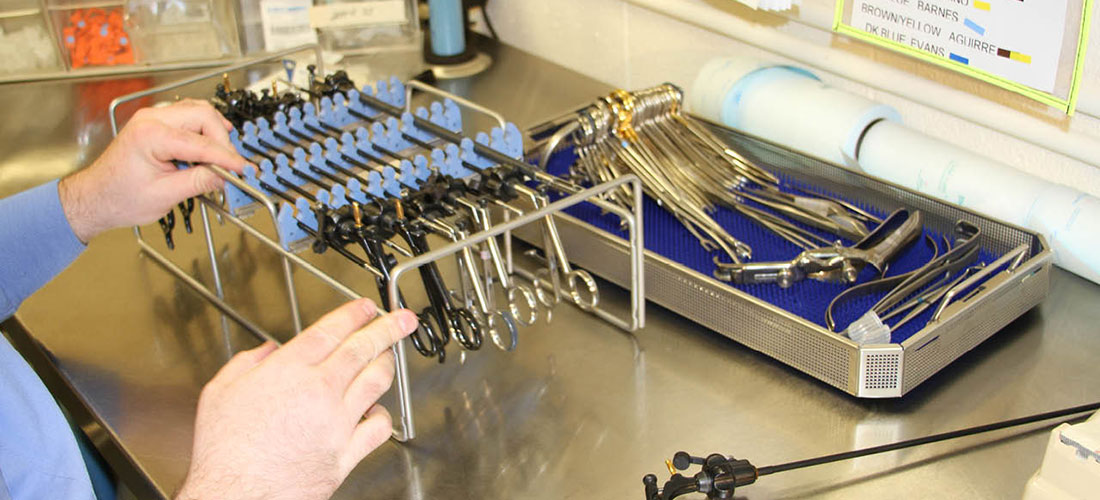6 Steps to Better OR and SPD Collaboration
By: Aorn Staff
Published: 8/26/2021
6 Steps to Better OR and SPD Collaboration
A Guest Blog Post from Kathy Beydler, RN, MBA, CNOR, CASC

Breakdowns in communications between the OR and SPD can happen, it doesn’t have to be the norm. The key to turning conflict to collaboration is mutual understanding and building of relationships between the two areas.
Staff members from our SPD identified point-of-use instrument care as an opportunity for improvement. This identification created a potential conflict between the OR and SPD – one that leadership wanted to turn into an opportunity for collaboration. Here are six specific actions we took to transform conflict to collaboration between these two areas.
- Start with one practice that both sides can agree needs improvement.
Instruments were not consistently being treated with enzymatic before sending to SPD. I asked the SPD staff to share with us pictures of instrument sets which clearly indicated that everyone was not utilizing correct point-of-use care. When these pictures were shared with the OR staff, some staff members were surprised at the inconsistencies and ready to help with a solution.
- Team members from each area volunteered to work together.
We met at an agreed upon time every week (their choice with leadership’s input) until the project was completed. The meetings were led by the team. Their goals were: - agree on a solution
- develop/revise the current policy
- prepare an educational board for staff members in both areas to review
- present the in-service together during a regular in-service meeting
- Rules of engagement for the team were set.
- No one talks while another person is talking.
- No interrupting.
- Be professional.
- Focus on what we CAN do to improve the process, rather than obstacles.
- Recognize not just what needs improvement, but also what is working.
- The team made large boards with multiple pictures and discussed in morning huddles what was being received in SPD.
- While some members of the OR were surprised at how some of their peers were sending instruments to SPD that did not meet the standard, this helped put pressure on their peers who were non-compliant.
- Transversely, the good examples reinforced what should be done in point-of-use instrument care.
- In-services were developed and conducted.
- The OR staff decided to focus their portion of the in-service on how the OR could improve. This prevented SPD from pointing a finger at the OR and allowed the OR to take responsibility for their practice.
- The SPD decided to focus their in-service on best practices coming from the OR. This allowed the SPD staff to put a positive light on what was being done well from the OR.
- The policy was reviewed and revised by the team and shared with the staff.
- The new policy was based on best practices, AORN, and AAMI standards.
- Once the team and leadership reviewed the revised policy, it was implemented, and education was provided.
The end result? Better practices, decreased rivalry, increased understanding, and building of relationships between the two areas to better serve the patient.

